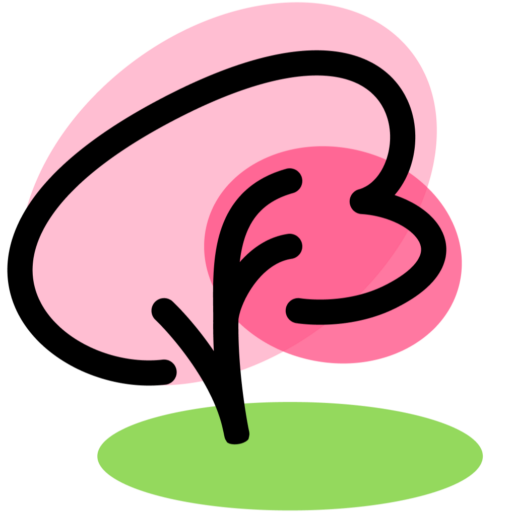I was taking a walk under a row of Shirofugen cherry trees when I noticed these petal-shaped things on the sidewalk.
I took a closer look but realized they were obviously not petals.
I examined the cherry tree to determine where they were coming from.
They were bud scales.
(Can you name the other parts of the cherry trees?)
It’s the end of season for Shirofugen. You can notice the cherry blossoms turning from white to pink.
The tree is getting rid of all the unnecessary parts like the bud scales and, soon, the blossoms.
The red bud scales are visible through the pink blossoms and copper leaves of the Shirofugen.
Enjoy the blossoms while you can.
To find out if there are Shirofugen where you live, check out the VCBF cherry blossom viewing map.















